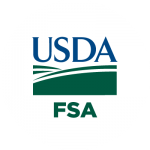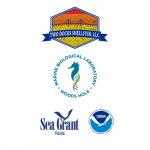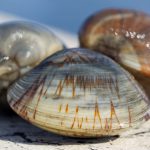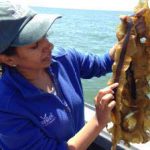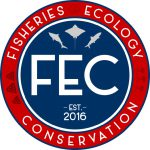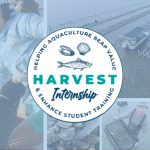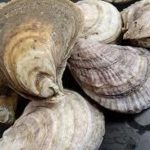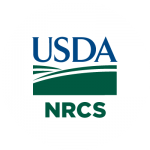
NRCS Hosting Aquaculture Focused Webinar
The US Department of Agriculture, Natural Resource Conservation Service (NRCS), offers a variety of cost-share programs to improve on-farm conservation practices. To answer questions as to how these programs can benefit the aquaculture farming community, NRCS staff is hosting an informational webinar on November 16th (Wednesday) from 3:00pm – 4:00pm eastern time. NRCS staff will also address the Environmental Quality Incentives Program (EQIP), which has benefited shellfish growers in other states. Join the webinar here: Teams virtual meeting, no registration is needed. If the webinar link above doesn’t work, copy and paste into a browser this link on November 16th


